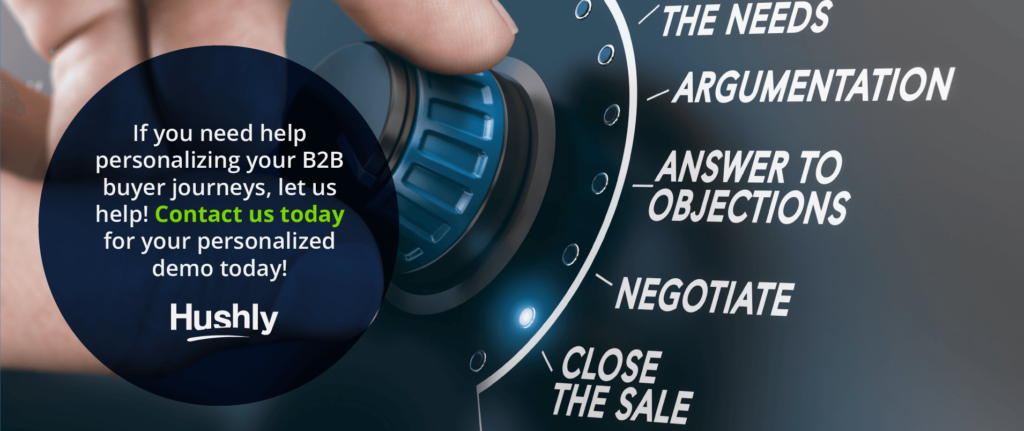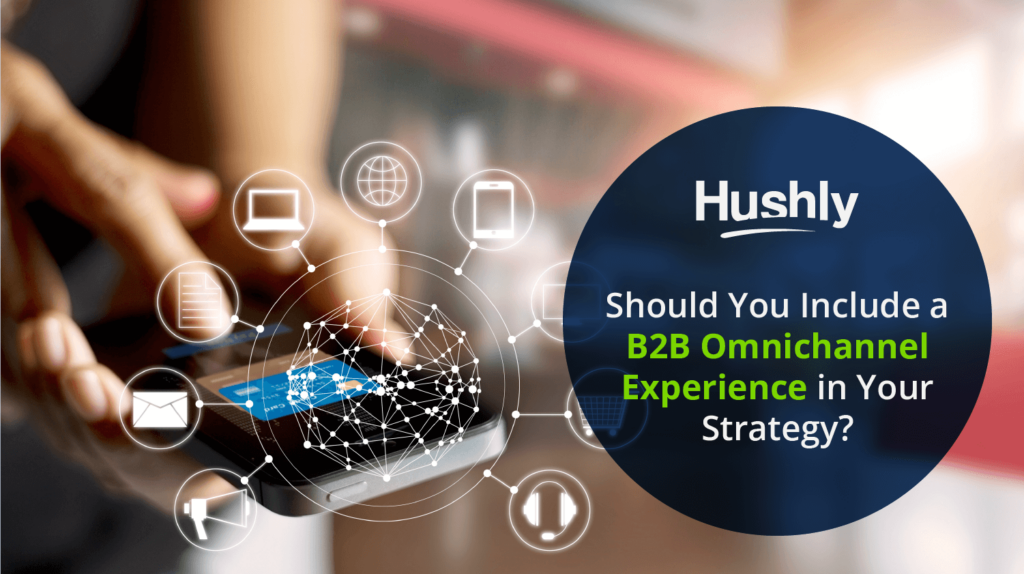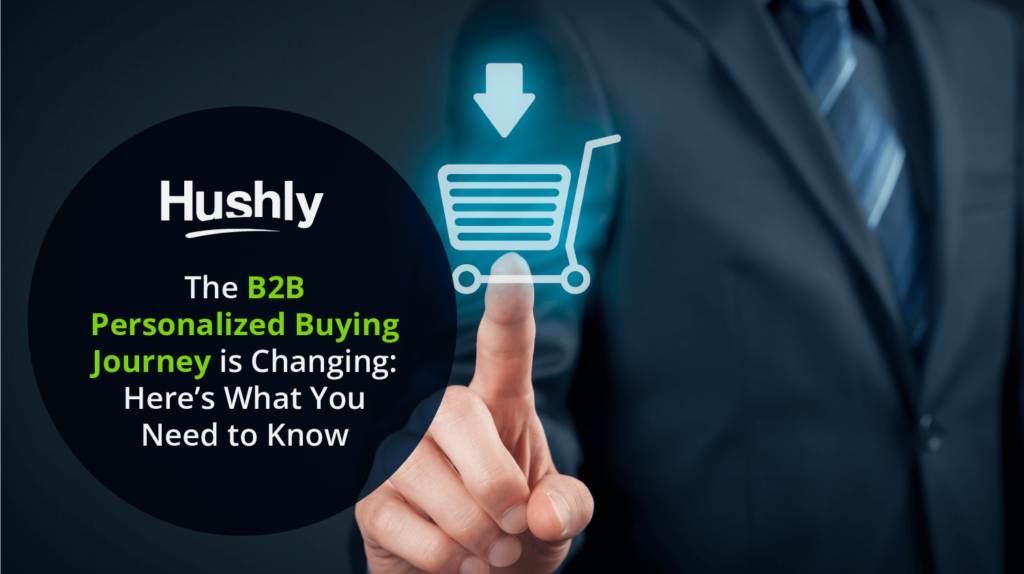Filters
Content Type
Topic
Your 8-Step Guide to Building a B2B Personalized Buying Journey that Delivers Results
B2B buyers are often tricky customers. They have a lot of important things to do and need to be sure they’re purchasing the right product or service for the job. Unfortunately, one thing that traditional marketing tactics get wrong is not creating a personalized buying journey for their audience.
Many B2B marketers create generic buying experiences that don’t consider each account’s unique buying process and preferences.
Fortunately, B2B personalized marketing is on the rise, and it’s easier than ever to create buyer-centric experiences designed to deliver results.
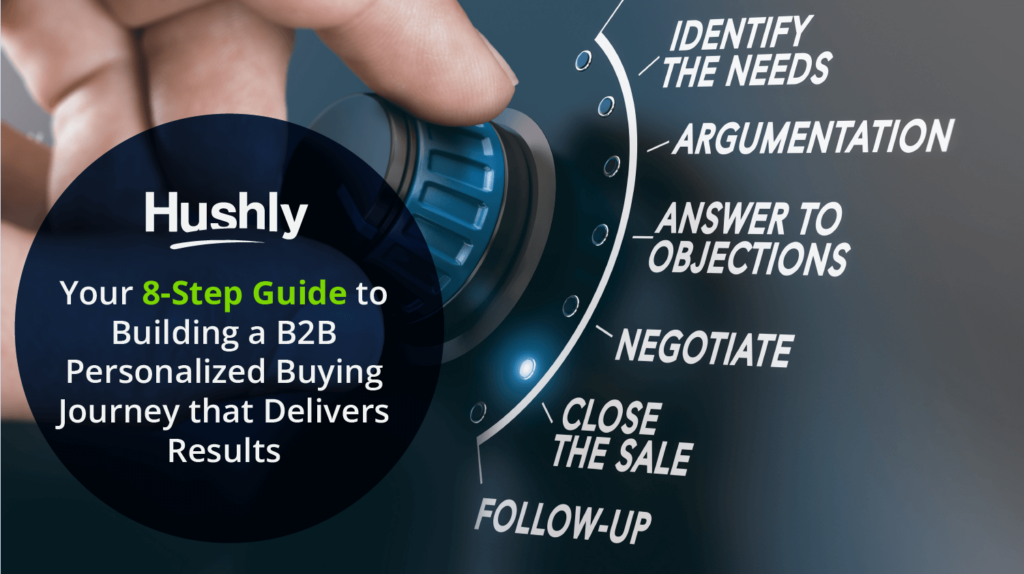
Do You Need a B2B Personalized Buying Journey?
When it comes to the B2B buying journey, marketing teams have to take a completely different approach when selling to consumers. Traditional marketing content often talks about the buyer as a single entity as verse to an organization. This one-size-fits-all approach doesn’t work for B2B buyers, who typically have complex needs, multiple people involved in the buying decisions, and plenty of questions about how products and services will affect their bottom line.
That’s why it’s crucial to take the time to build a personalized buying journey for each of your B2B accounts. The best B2B personalized marketing experiences build an account-centric buying journey, which is a series of interactions that help decision-makers learn more about your product or service, understand how it will solve their organization’s problem, and ultimately decide whether to purchase.
To create a personalized buying journey you must also consider the unique buying process of each account that you work with, which is very different from trying to build a buyer journey for a single customer.
Difference Between a B2B Account and a Buyer
It might seem like a B2B account is the same as a B2B buyer, but that isn’t the case. A B2B account refers to the organization you do business with, such as an HR department or a sales department.
A B2B buyer is a person within the account who has the power to purchase your product or service and who will be making the final decision on whether to invest in your offering or not.
It’s vital to understand the difference between these two when setting up your personalized journey because meeting the needs of an organization vs. the needs of an individual buyer will impact the experience you create.
Your 8-Step Guide to Building a Successful B2B Personalized Buying Journey
Creating a personalized buying experience for your B2B audience doesn’t have to be complicated, time-consuming, or involve the use of a ton of complicated account-based marketing software. It can be achieved through a series of carefully thought-out, easy-to-implement steps.
1. Segment Your Current Audience
The first step in building a personalized B2B buying experience is to segment your current audience. As we move away from focusing on specific individuals and start focusing on accounts, you must take the time to segment each account to deliver the most appropriate content for each one. This is a great way to ensure that you’re providing value to your customers by focusing on each of their needs.
2. Create Detailed, Unique Customer/Account Personas
Once you have taken the time to segment your current accounts into various segments, you need to create detailed, unique account personas. Each persona will serve as a guide when ideating content that can build your buyer journey, which will help you identify which topics and content will resonate with each account.
The type of information you’ll want to incorporate in these personas include:
- job function
- industry
- company size
- geography
You should also take the opportunity to reach out to your accounts and ask questions about what motivates them to make a buying decision and what their biggest challenges are when it comes to making them. Even better, reaching out to your accounts will help your customers feel as if you’re treating them as a real individual and not just another sale.
The more detailed you can get when creating an account persona, the better.
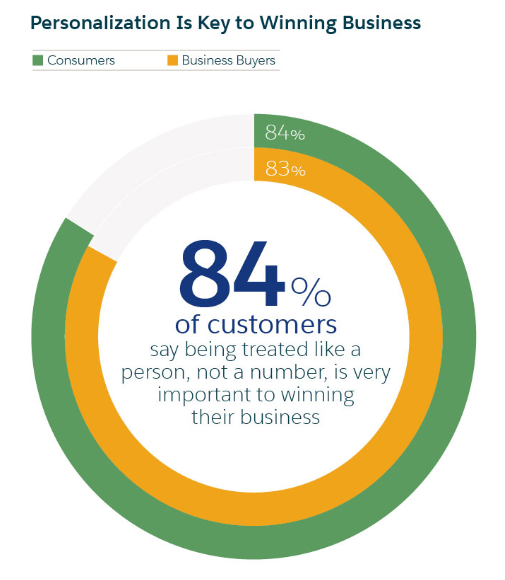
3. Identify Any Potential Missing Personas
With your current audience segmented and persona’s built, you also want to take the time to identify any potential gaps in your audience.
Gaps include accounts that you don’t yet serve but easily could. This could be due to a new product or service launching or something as simple as expanding into a new area. Either way, it’s essential to take the time to identify any gaps in your current audience so that you can take the necessary steps to get in front of them and continue scaling your business.
4. Qualify Each Account
One of the most critical aspects of creating a personalized B2B buying experience is ensuring that each account you work with is the right fit for your offerings. This is typically achieved through the use of account qualifiers, which allow you to learn more about each account so that you can determine whether or not they’re the right fit for your product or service.
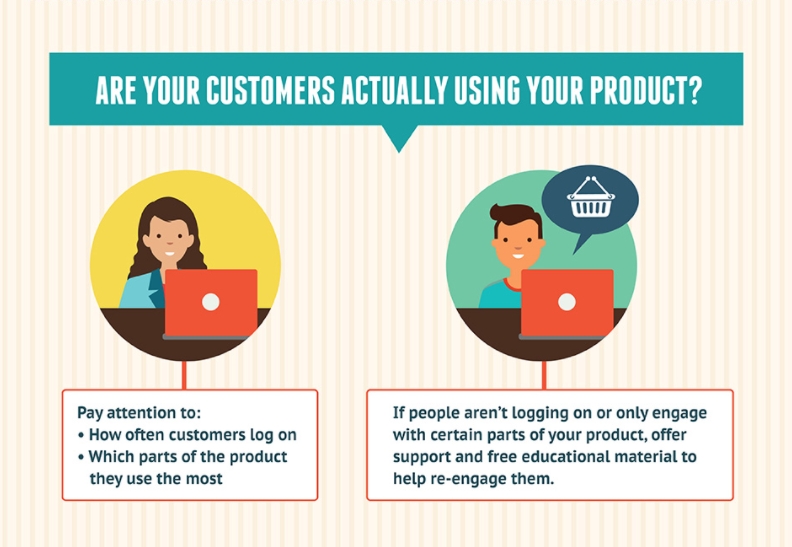
Source: Salesforce
5. Identify Common Behaviors
When it comes to identifying the right behaviors to focus on, the goal is to identify the actions that each person within the account is taking. This is where your account personas will come into play. By taking the time to identify which personas are most impacted by certain actions, it’s easy to identify the specific content that will have the most significant impact on each account.
6. Create/Share Personalized Content
When it comes to creating personalized content, the key is to create content specifically geared towards helping each persona achieve their goals. This can be achieved by using case studies, blog posts, and any other content that will help educate your audience and help them take the next step in the buying process.
7. Build Relationships
While the primary goal of creating and sharing personalized content is to help your audience become more comfortable with making a buying decision, building long-term relationships is also critical. This is achieved through social media and email marketing, where you can use automation to share content with your audience and then engage with them.
The more you engage with your audience and provide them with value, the more likely they will become advocates and share your content with their networks. This helps to grow your audience on an organic level and helps to increase your brand awareness in a meaningful way.
8. Follow Up to Build Brand Loyalty/Advocacy
Finally, when creating your personalized buying journey, you mustn’t end the interaction and engagement once they’ve purchased. Instead, you want to continue following up with them and providing ongoing support and value to encourage repeat business and brand advocacy.
Improve Your Customer Engagement with Help from Hushly
Hushly empowers B2B marketers to improve their customer engagement by providing the tools necessary to build a personalized B2B buying experience. Whether you’re looking to build brand awareness or increase revenue, Hushly has the tools and expertise to help you build a personalized B2B buying experience that delivers results.
If you need help personalizing your B2B buyer journeys, let us help! Contact us today for your personalized demo today!
The post Your 8-Step Guide to Building a B2B Personalized Buying Journey that Delivers Results appeared first on Hushly.

